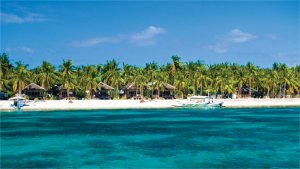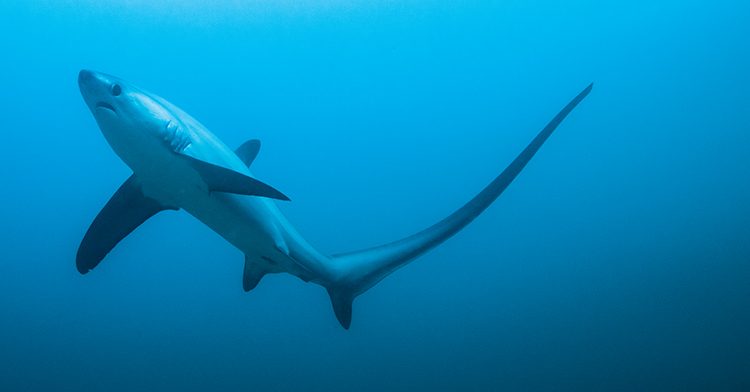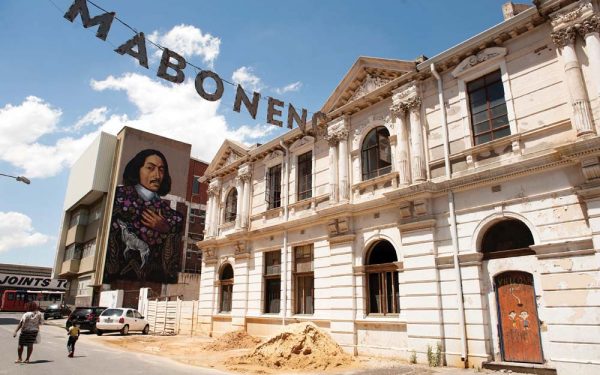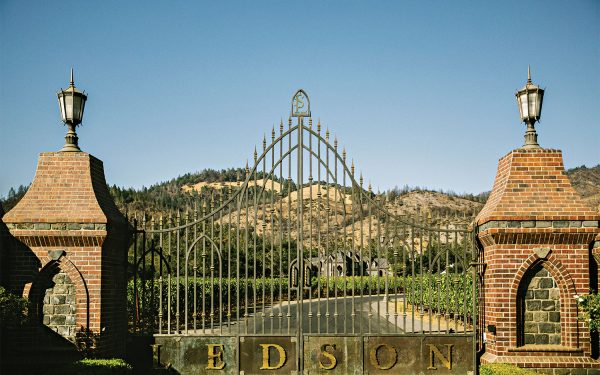Here’s how a normal Friday morning goes on Malapascua, a carefree speck of glowing white sand in the Visayan Sea.
Coconuts are sliced open and sipped by tanned travellers on the beach, music drifts out from oceanfront cafes, and exhilarated divers return from dawn descents after watching the resident thresher sharks that have turned this tiny Philippine island into a diving haven.
Malapascua is the only place in the world that offers daily sightings of these sharks, renowned for their long tails, which they use to stun their prey.
Rewind nearly five years, however,and November 8, 2013, was anything but a normal Friday. On that morning, not a boat was to be seen on the beaches. Every tourist had departed. One of the strongest cyclones the world had ever seen was roaring towards this infinitesimal piece of paradise that measures just 2.5km x 1km.
People are literally flying for 12 hours just to come and do a day of diving with the sharks at 5am in the morning
While those who remained – locals, hoteliers and dive masters – sheltered in some of the island’s sturdiest concrete structures, Joseph Dean was standing on the balcony of his two-storey home filming as Super Typhoon Yolanda roared in.
“I was watching all sorts of stuff fly by,” says Dean, the British manager of the Thresher Shark Divers school, who has lived on the island in Cebu province for nearly a decade. “Palm trees are designed to bend in the wind. In Yolanda, they broke. Everything was devastated. All the hotels lost their roofs. Everywhere was flooded.”
The storm struck Malapascua at 9.30am. “If it had been earlier, I’m sure people would have died,” says Dean. As it was, none of the 6,300 lives claimed by the storm in the Philippines were from the island. Walking around Malapascua today, little lingers of the destruction wreaked by the megastorm, which had one minute of sustained wind speeds of up to 318kph, according to the US Navy’s Joint Typhoon Warning Center.

Rissa Arriesgado, a divemaster who was born on the island, explains that Malapascua owes its survival to its sharks. What Malapascua had, the international diving community determined in the aftermath of Yolanda, was simply too rare to see perish. Donations poured in from around the world.
“A lot of the money we received came from former divers, some of whom I had guided on dives, and became friends with after they had left the island,” Arriesgado says. The repair work took place not only above ground, but below the water, too. Eighteen days after Yolanda, the divemasters made their first underwater assessment. The sharks were still there, but they were skittish. Their environment, however, had been destroyed: the coral was decimated and sand had been blasted from the reefs down as far as 30 metres. It was a race against time, Dean says, to rebuild the underwater environment to ensure the sharks didn’t go elsewhere.
Their efforts paid off. Within days, the local wrasse fish the sharks depend on returned. The tourists weren’t far behind. Within six months, the island was back on its feet.
Just a few decades earlier, Malapascua might not have been so lucky. It wasn’t until 20 years ago that local seamen first spotted threshers breaching the waves like dolphins, about 40 minutes offshore. Divers subsequently discovered that these rare sharks were using a sunken island called Monad Shoal as a cleaning station – the wrasses living on the rocky island eat parasites from the sharks’ bodies. That finding started a tourism boom on Malapascua that even a mega typhoon hasn’t been able to quash.
“When I first came to Malapascua, there were about five dive centres,” says Dean. Today, there are more than 20. “People are literally flying for 12 hours just to come and do a day of diving with the sharks at 5am in the morning.” The threshers, for reasons scientists still don’t understand, only visit Monad Shoal at dawn. This is not a beginner’s dive. Monad Shoal is 27 metres below the surface, a depth that exceeds the basic Open Water PADI licence. And there is no guarantee the sharks will turn up, although Swedish dive instructor Joel Boethius says a no-show only happens about “three times a year”.
There are no cages here. Thresher sharks are not known to be dangerous, although they can occasionally “jerk”. “That’s a good sign it might breach from irritation,” says Dean. “It’ll make a beeline for the surface at a great rate. You’ll hear everybody scream underwater when they do that. One of them broke one of the outriggers on our boat once.”
“Palm trees are designed to bend in the wind. In Yolanda, they broke. Everything was devastated. All the hotels lost their roofs”
At 27 metres down, the ocean is a lonely place. While the shallows around Malapascua are famed for their coral gardens and lively micro life – think shoals of clown fish, pygmy seahorses and frogfish – at this depth there is nothing but small wrasses and scuba divers playing musical statues.
When, eventually, the moment comes, it’s a real thrill as you finally catch a glimpse of a thresher shark, snaking through the misty blue with its blade-like tail seeming even longer, and more pointed, than you had imagined. Occasionally you’ll catch sight of just one, but it has been said that groups of up to 22 sharks have been seen at Monad Shoal.
Back on shore, it might only be 10am but dive etiquette unofficially states that you must raise a toast to help celebrate your underwater exploits.
It’s only when you’re lounging on the beach, later, that you realise you should have toasted the divers who have rebuilt Malapascua over the past five years. It’s because of their hard work and dedication that we can hopefully continue to visit these sophisticated sharks for many years to come.




